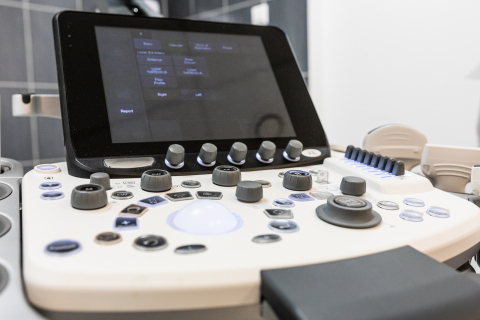Funding for the Department of Dermatology, headed by Prof. Lidia Rudnicka, for the purchase of research equipment for the Interdisciplinary Laboratory of Advanced Skin Examination Techniques and Translational Medicine will enable more precise observation of physiological and pathological processes in the skin associated with aging and various medical conditions (autoimmune diseases, cancer, metabolic disorders). The study will be performed with two complementary, state-of-the-art imaging modalities: laser reflectance scanning confocal microscopy (LRSCM) and laser-doppler vascular flow measurement (LDF). The combination of these methods will allow to provide new information, among others, on processes occurring in chronic inflammatory autoimmune skin diseases, the influence of genetic factors on the structure and development of skin cancer, the action of new molecules with anticancer or immunomodulatory properties. The researchers will also gain more detailed knowledge on skin cancer risk factors, response to treatment of chronic inflammatory skin diseases, mechanism of wound healing and skin aging. The results of the research will be used, for example, to evaluate the effectiveness of new molecules with anticancer or immunomodulatory properties, as well as to create new types of dressings. In the long run, this will not only facilitate the treatment of patients, but will also translate into cooperation between science and economy.
Whereas, funding for the Department of General, Endocrine and Vascular Surgery, headed by Professor Zbigniew Galązka, will allow for the purchase of a new generation ultrasound machine, Canon Aplio I800 Prism Edition. The Department conducts world-unique, pioneering research on volumetric blood flow measurement in extracranial arteries using Doppler ultrasonography. This is a new, as yet unexplored, diagnostic direction with great scientific and clinical potential in patients with carotid artery stenosis. Peripheral artery disease (PAD) affects about 20% of the population over 60 and more than 50% over 85, and as the population ages, its prevalence will increase. It is currently believed that the degree of internal carotid artery stenosis is the strongest risk factor for ischemic stroke. The gold standard for assessing the degree of carotid artery stenosis is to measure the velocity of blood flowing through the stenosis using Doppler ultrasonography. A distinctive innovation of the Canon I800 Prism Edition system is the use of advanced artificial intelligence algorithms in the diagnosis of vascular disease. In addition, the camera has technologies that enable the highest image quality and resolution, allowing images to be compared to CT/MRI findings. The obtained results have a chance to make a very important contribution to the diagnostics and qualification for surgical treatment of patients with carotid artery stenosis, allowing for example to identify asymptomatic patients.
